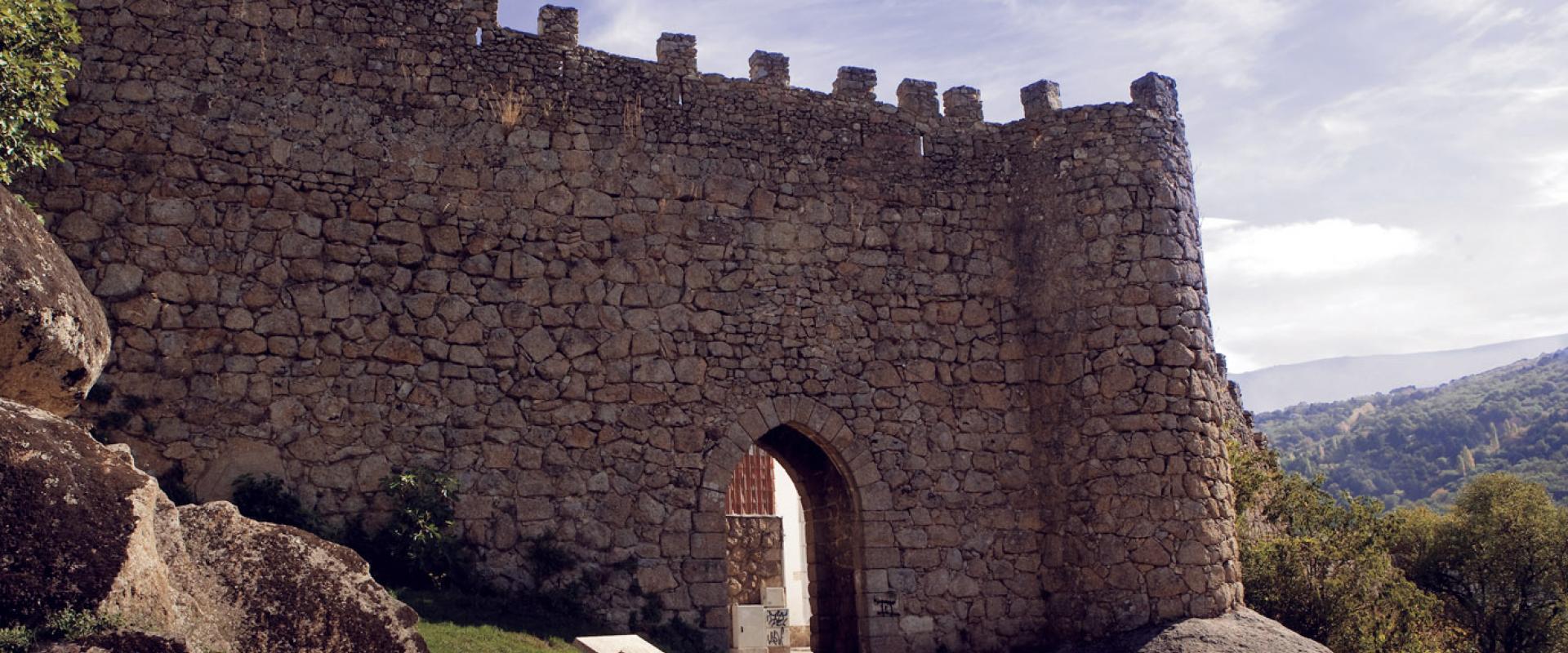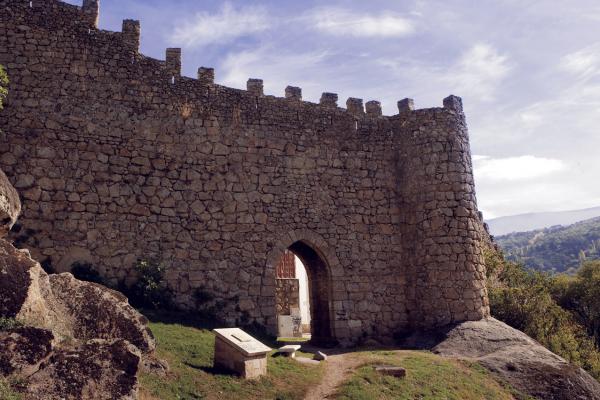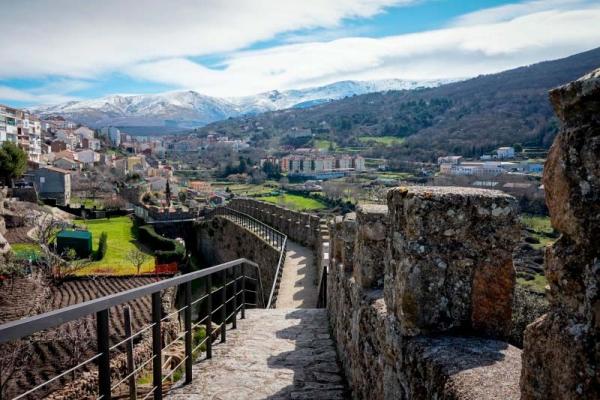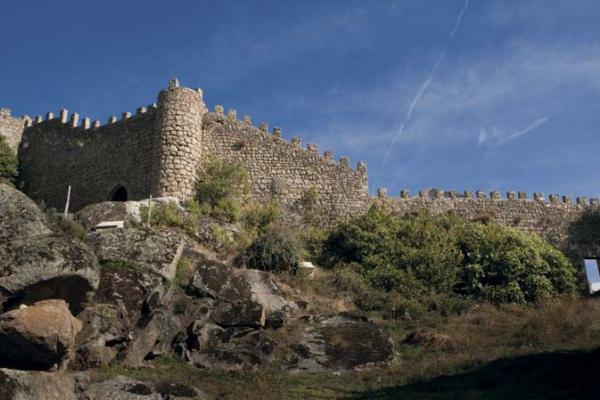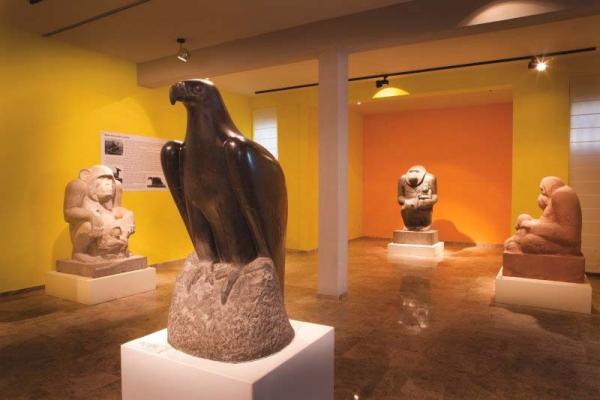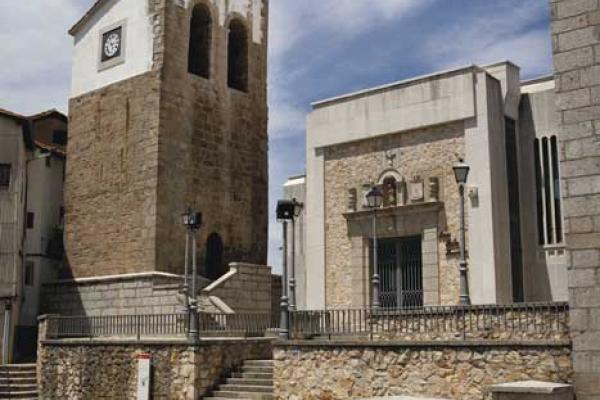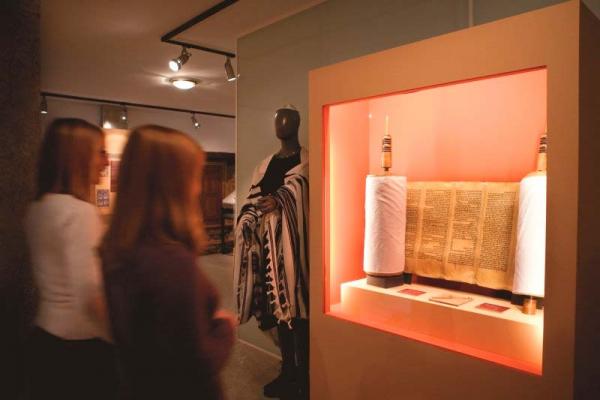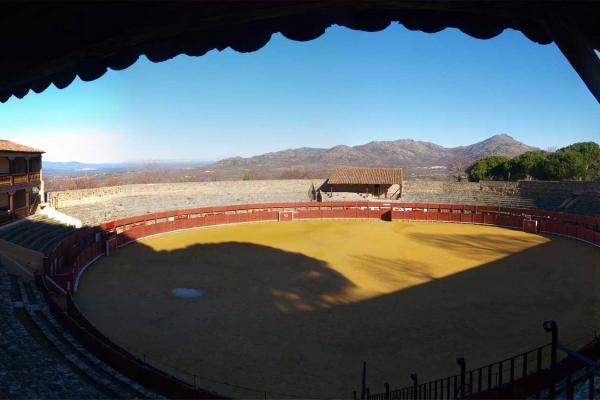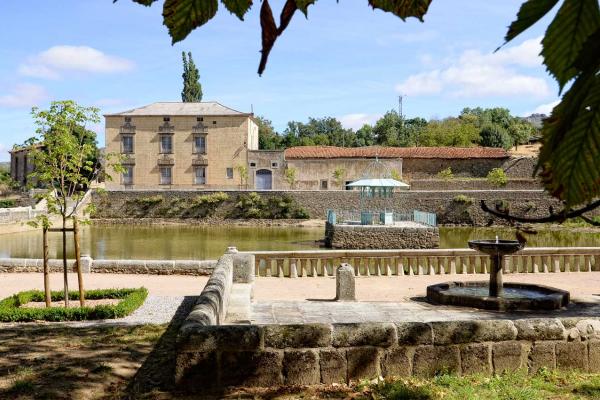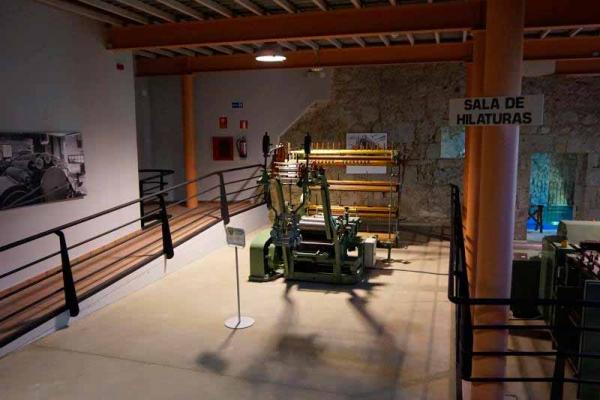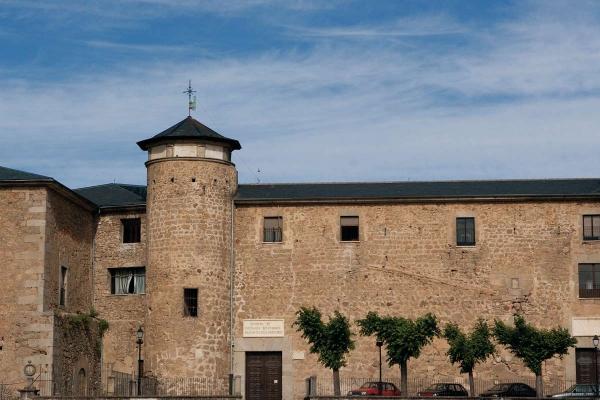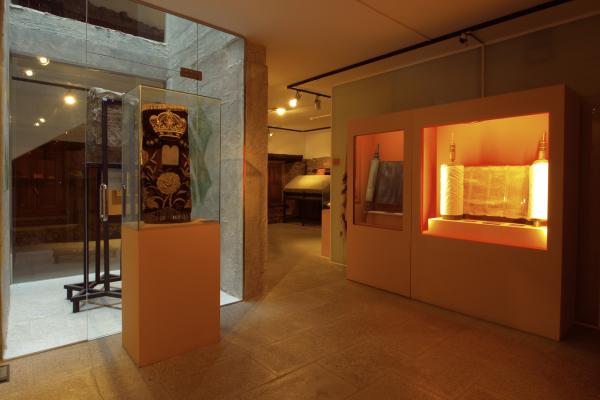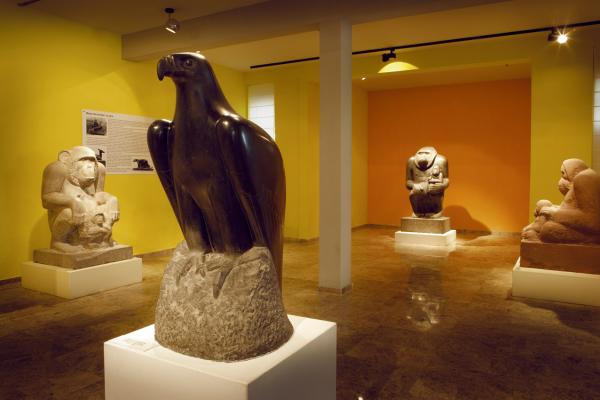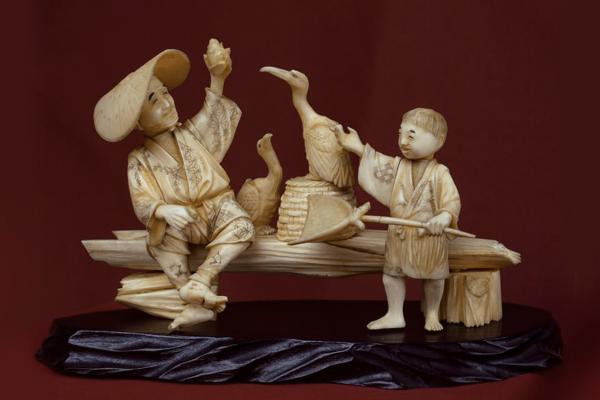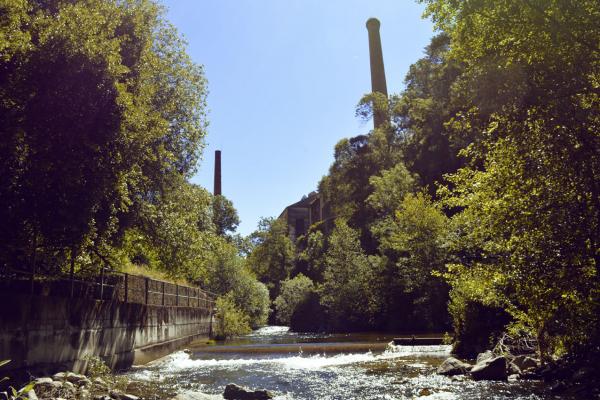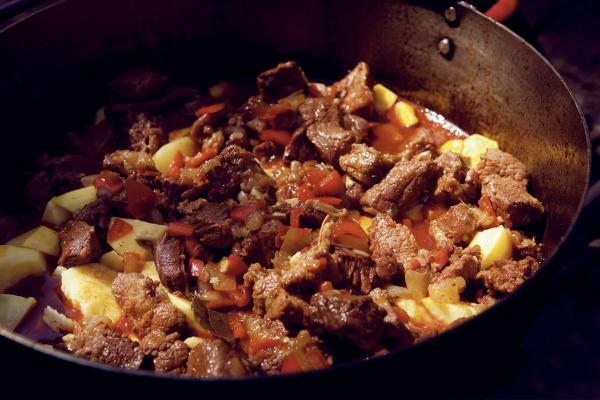Béjar
The town of Bejar, declared Historical Site, remembers its medieval history by means of a defensive wall and the rooted tradition of the Moss Men (Hombres de Musgo). Its past splendour as a clothing manufacture centre made it be known as a textile city.
There are beautiful places that can be known by practicing hiking, cycling, climbing or, generally speaking, any mountain sport activity. The ski lovers can also come to the skiing resort of La Covatilla
A magnificent medieval wall protects the rocky area where the town of Bejar is built. Some rivers and streams water the area, such as the river Cuerpo de Hombre, which brings clear waters from the snowy summits of the mountains.
In the old town centre, we can point out some small squares, interesting Romanesque churches of the magnificent Palace of the Duchesses of Bejar, which has an interesting chamber in one of the towers.
Walking along the town, we can see the Jewish Museum David Melul, and the Museum of the famous sculptor Mateo Hernandez. You can follow your visit and get to the convent of San Francisco or the Town Hall of the town, which has a plain style.
If you want to enjoy the nature, you can go up to El Castañar sanctuary, where the Patron Saint is kept, or visit the Ancianita, which, according to some people is the oldest bull ring in Spain. It is also worth visiting “El Bosque” Renaissance garden, which hide some ponds, walks, woods, terraces and fountains.
The route of the textile factories lets the visitors get inside the old industrial tradition of the ducal villa. And if you expect to enjoy the snow and mountain, you can go to the Sierra de Bejar ski resort, called La Covatilla.
